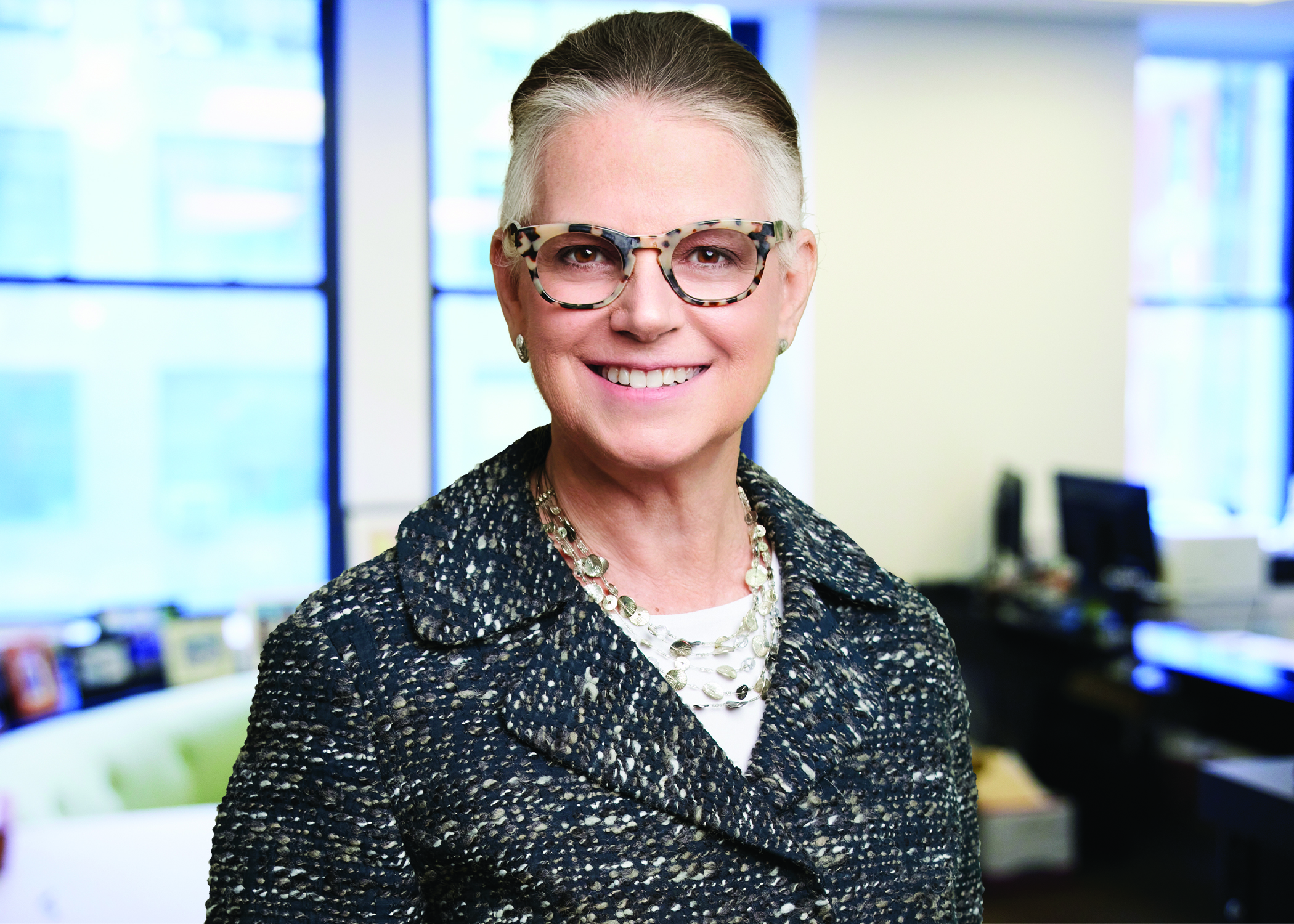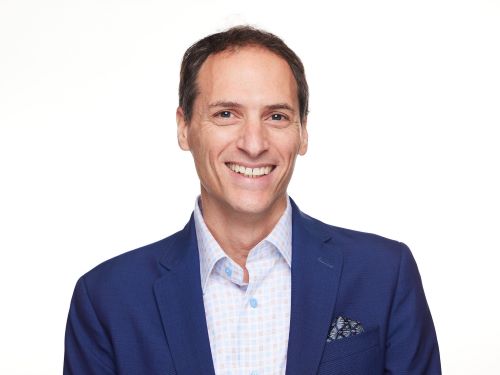Opioid litigation was grueling, but a chance to make change

Jayne Conroy describes the opiod litigation as "a monumental war with countless battles." (Photo courtesy of Simmons Hanly Conroy)
The opioid epidemic is a tragedy of immense proportions that touches almost every individual in the United States. There is no “winning” this lawsuit in the usual sense.
But in our prescription opiate multidistrict litigation, we did forge a path to legal accountability and the payment of billions of dollars dedicated to the abatement of the epidemic and stronger safeguards regarding opioids.
It was a monumental war with countless battles in courtrooms and boardrooms across the country, and our work is not done. But regardless of the size or complexity, the path to success is familiar to all plaintiffs lawyers—we built our case around a strong legal theory supported by indisputable testimony and evidence.
In the 1990s, opioid prescriptions increased alongside an uptick in overdose deaths. During this time, there was little information on the addictive nature of opioids, and health care providers began prescribing them at rapid rates under the guidance of pharmaceutical companies deeming them to be safe. Since then, more than 645,000 people in the United States have died from opioid overdoses, and there are approximately 2.1 million people currently struggling with opioid use disorder.
Referring to the last seven years as a “case” hardly captures the breadth of the venues, parties, judges, special masters, mediators, counsel and litigation support that constitute the effort. The litigation has journeyed down many paths—dispositive motions, jury and bench trials, bankruptcies, appeals and settlements.
In 2017, the U.S. Department of Health and Human Services issued an opioid-related public health emergency. At the time, there were known cases against manufacturers and distributors of opioids as states and municipalities and towns across the country wrestled with how to best hold defendants culpable for the financial burden of providing necessary resources to fight the ongoing epidemic and care for their communities. A public nuisance theory held the most promise, as these pharmaceutical companies’ conduct perpetuated addiction, contributed to overdose rates, and ultimately interfered with the public’s overall health for failing to address the harm opioids can cause.
The landscape changed in 2017, when U.S. District Judge Dan Polster of the Northern District of Ohio was assigned to oversee In re: National Prescription Opiate Litigation, MDL 2804. Roughly 3,000 counties, cities and towns had filed individual cases against the entire opioid supply chain alleging various claims, including public nuisance.
The cases involved over 30 defendants, composed of manufacturers, distributors, chain pharmacies and pharmacy benefit managers. Judge Polster appointed a plaintiffs’ executive committee of 22 lawyers across the country to prosecute the case, and by necessity, the committee put aside individual goals to act as one coordinated army. Paul Hanly, my colleague and a name partner at New York City’s Simmons Hanly Conroy; along with Joe Rice of Motley Rice, based in Mount Pleasant, South Carolina; and Paul Farrell of Greene, Ketchum, Farrell, Bailey & Tweel, based in Huntington, West Virginia, were appointed co-leads in the case. After Hanly’s untimely death in 2021, I took his place.
Just hours before our first MDL bellwether trial was to begin in October 2019, we reached a settlement for Ohio’s Cuyahoga and Summit counties, and we could envision the possible framework of a nationwide or global settlement. However, that first global settlement was not realized until summer 2021, in the early days of a state court jury trial presided over by New York State Supreme Court Justice Jerry Garguilo. The plaintiffs were Suffolk County, my client and an early proponent of the litigation; Nassau County; and the state of New York.
This New York trial was a grueling marathon, lasting approximately seven months. More than 70 witnesses testified, and over 800 exhibits were shown to the jury. When opening statements were delivered, there were over 12 defendants in the courtroom—in fact, a huge local law school auditorium was repurposed to accommodate the number of parties and their trial counsel teams and the requisite 6-foot separation for COVID precautions. The trials were broadcast in various ways daily throughout the country, and as the trial proceeded, many defendants settled, including a finally realized global settlement for four of the largest defendants.
On Dec. 30, 2021, the jury found the remaining opioid manufacturer, Teva Pharmaceuticals USA Inc., and opioid distributor Anda Inc. liable for the opioid nuisance in Suffolk, Nassau and the state of New York. During the Long Island trial, Judge Polster presided over another MDL jury trial in Cleveland that resulted in a verdict against CVS, Walmart and Walgreens; and a few months later, Judge Charles Breyer presided over an MDL bench trial in San Francisco that resulted in findings of liability against Walgreens. A global settlement of the chain pharmacies followed shortly thereafter.
Throughout this period, the executive committee deployed its expertise and funding where needed as trials and negotiations overlapped. Currently, two new groups of bellwether tracks have been established. The first is against the pharmacy benefit managers, Optum Rx and Express Scripts; the second is against opioid manufacturers, distributors and chain pharmacies on behalf of several third-party payer plaintiffs. Two other case tracks that concern more regional pharmacy chains also are ongoing.
Testimony triumphs
To date, close to $60 billion in settlements has been achieved. The “how” of that achievement involves thousands of pages of coordinated legal briefing, emails culled from millions of pages of documents and the exposure of smoking-gun memos. This achievement also involves admissions from countless depositions and trials, heart-wrenching testimony from witnesses who were on the front lines of the opioid epidemic, constant and patient oversight from the courts and the selfless dedication of a team of law firms that learned to put all else aside to focus on a collective path to victory. Even so, it doesn’t feel fully encompassing to discuss “how I won the case” when in reality, it has taken a tireless army that I am proud to be a part of.
Instead, the greatest evidence of our collective success is the fact that abatement of the epidemic and the healing of our communities has always been our ultimate goal. We are proudest that settlement monies are distributed to communities throughout the country, whether they brought a lawsuit or not, and that settlement monies must be spent on abatement of the opioid epidemic. Whether it be funding local treatment and prevention programs or supporting first responders on overdose protocols, this litigation and its hard-fought verdicts and settlements, has provided the ability to fund the long road to recovery and to hold Big Pharma accountable for their role in fueling this epidemic.
This story was originally published in the October/November 2024 issue of the ABA Journal under the headline: “A Team Effort: Lawyer in opioid multidistrict litigation describes it as grueling, but a chance to make change.”
How I Won the Case gives you the inside scoop on big verdicts and trial tactics.
Jayne Conroy, a plaintiffs lawyer, is a name partner with New York City's Simmons Hanly Conroy. She oversees the firm's complex litigation department. This column reflects the opinions of the authors and not necessarily the views of the ABA Journal—or the American Bar Association. Write a letter to the editor, share a story tip or update, or report an error.



